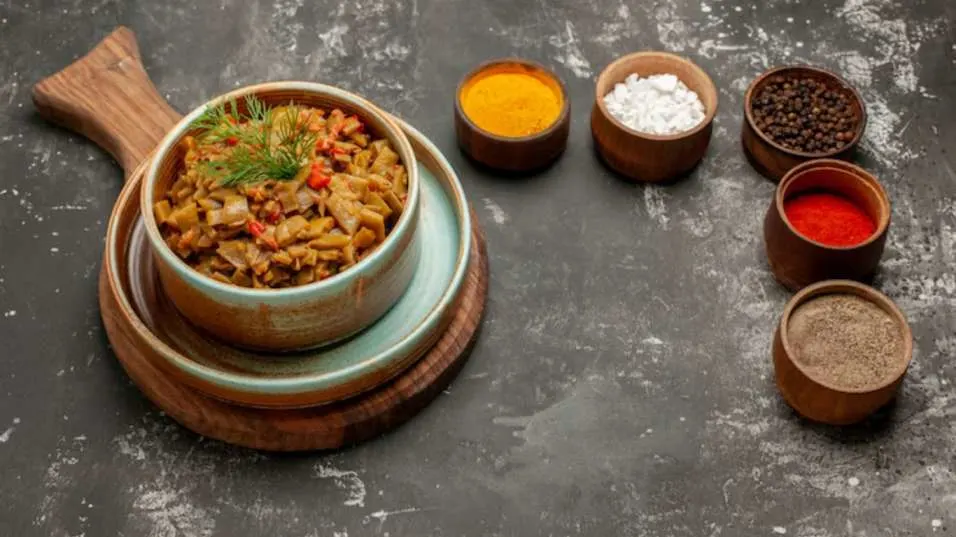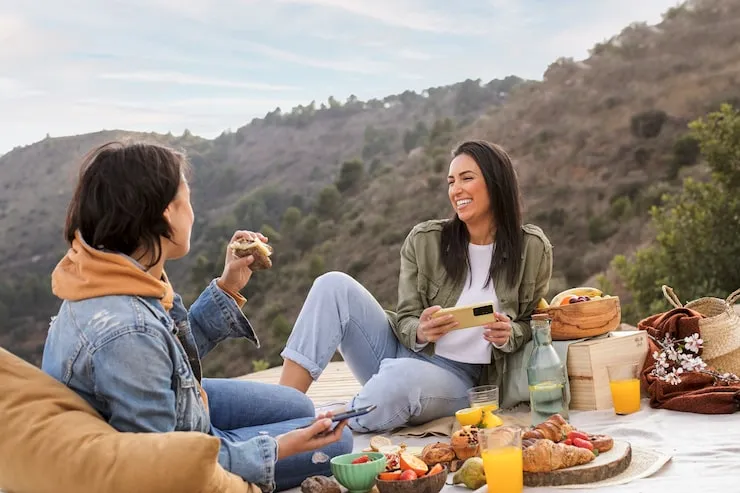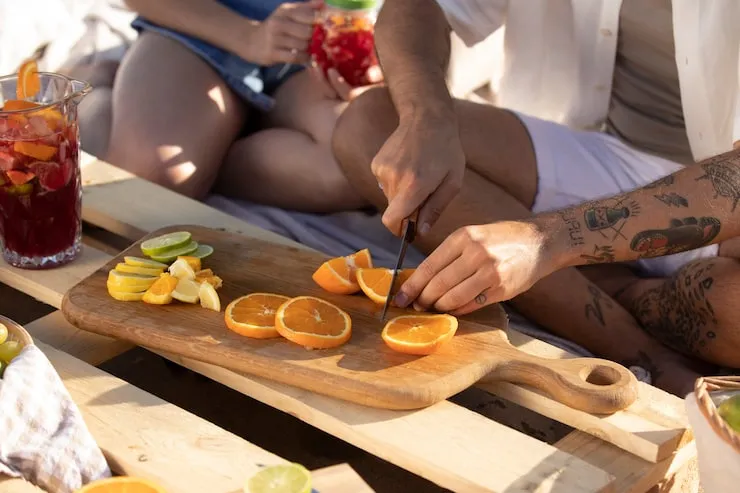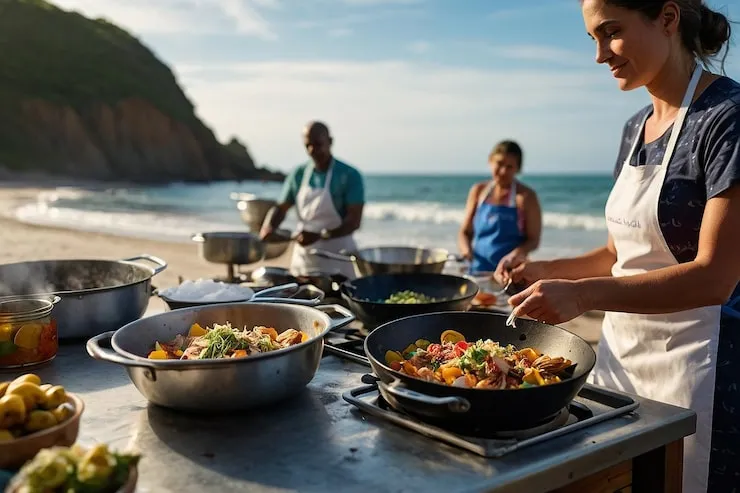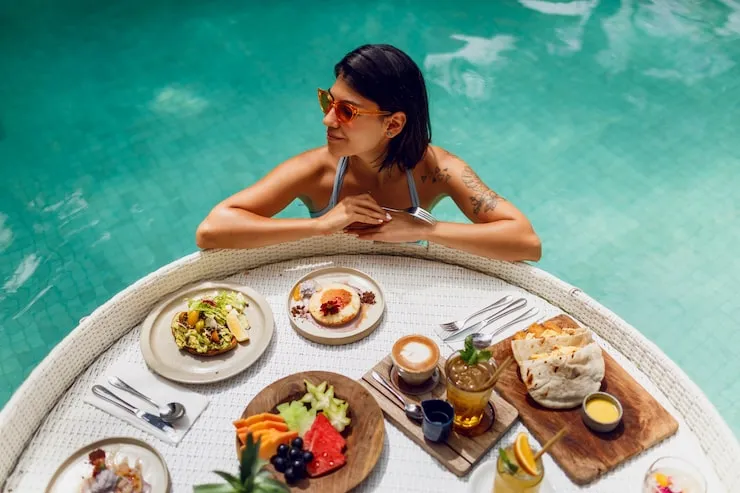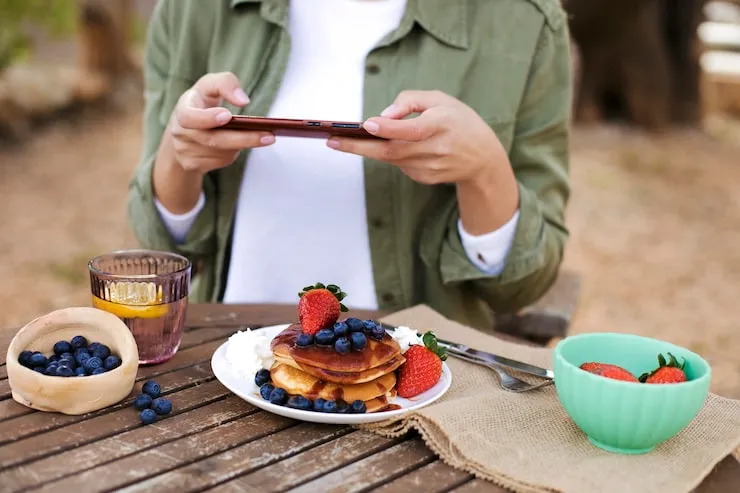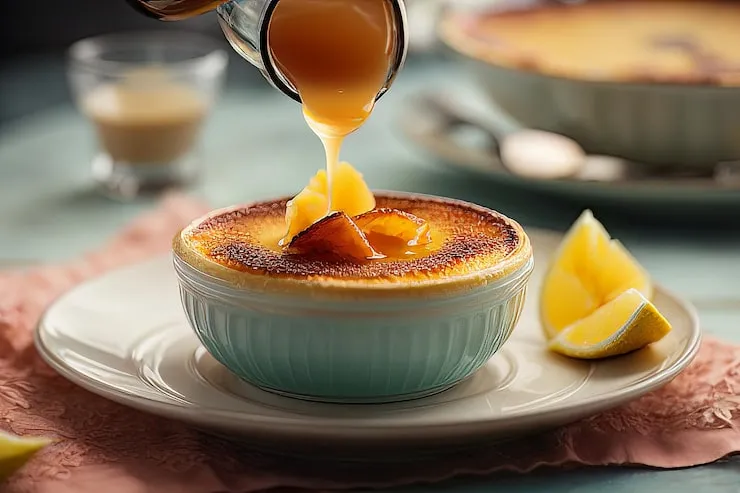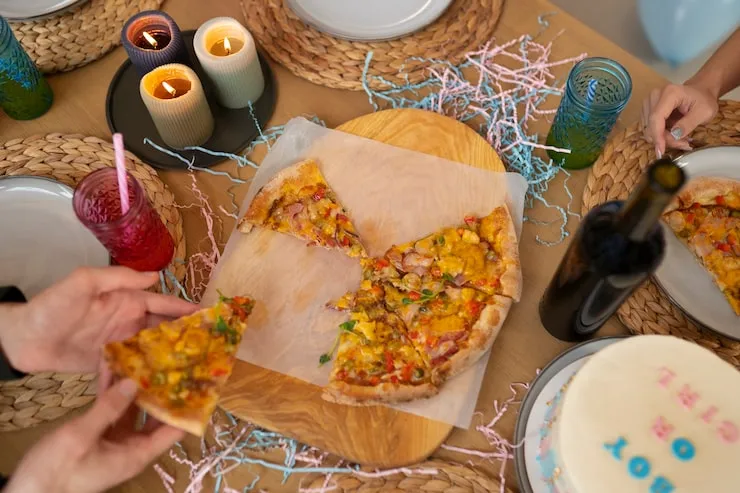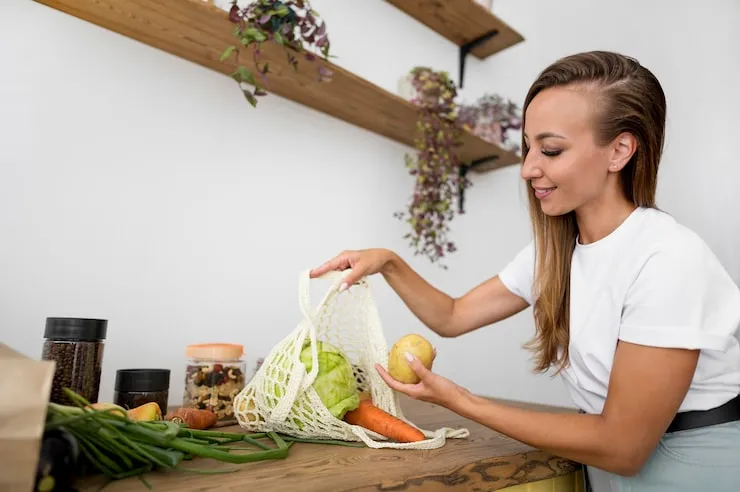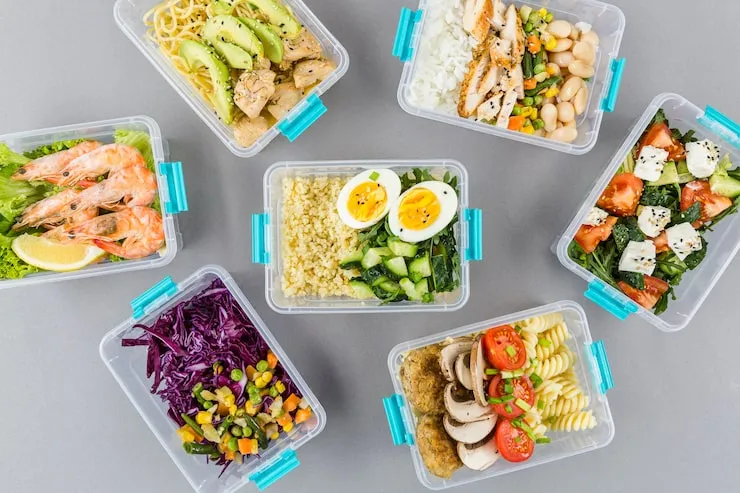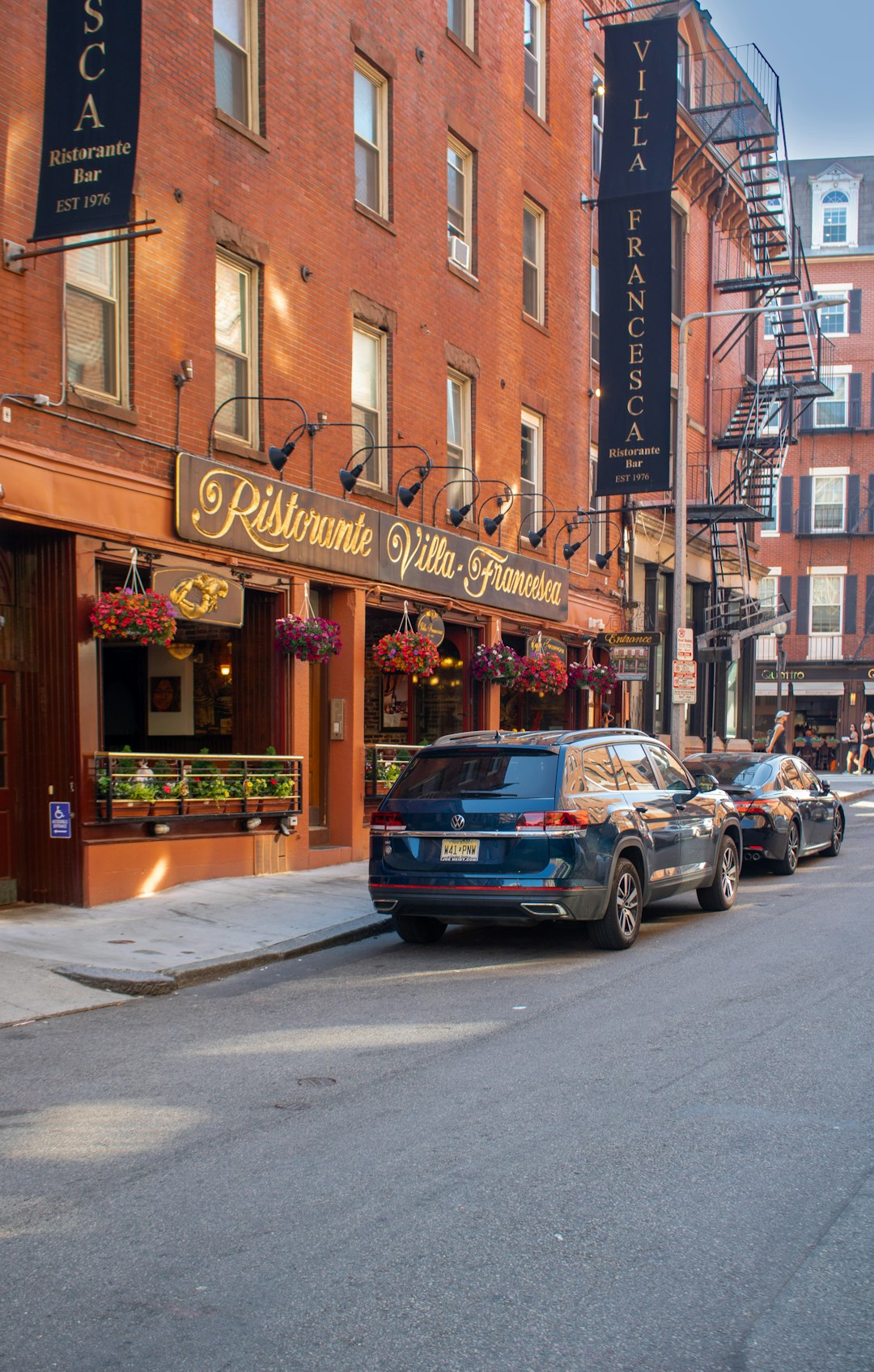There are recipes that you find in cookbooks. You follow them. Add this, boil that, time this. Then there are recipes that don’t live on paper. They live in people. Kerala has many of those you won’t find them at hotels. Or restaurants. Or even at weddings anymore. Some are slipping away quietly.
Like dust on old wooden shelves. Dishes like Ada Pradhaman, Chakka Puzhukku, or that banana stem thoran your ammachi made when no guests were around. Simple. But, somehow, special. This isn’t just about food. It’s about memory.
What Even Is a “Lost Recipe”?
Well, it’s not always lost as in vanished forever. But forgotten. Skipped. Replaced by newer, easier things. These are the meals that took time. Effort. Maybe even 3 people and 4 hours. And that’s the thing. They weren’t just cooked. They were built, slowly.
Let’s start with a dessert that meant celebration, not just “something sweet.”
Read Also: 5 kg Mango Pickle Recipe: A Full Flavored Indian Achar
Ada Pradhaman – A Dessert You Wait For
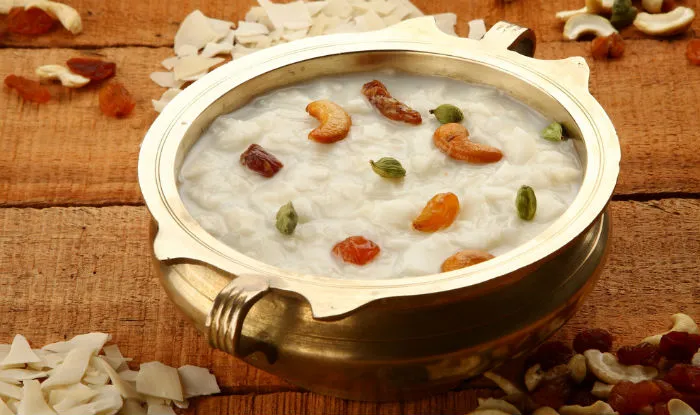
It’s not a 5-minute microwave fix. It’s the payasam. The kind made with rice ada (not the store-bought one, the one you soak, wash, maybe even press). Jaggery is melted, coconut milk is added slowly—in 3 stages. Cashews are roasted in ghee. There’s cardamom somewhere. And a smell that fills the house. You couldn’t rush it. That was the rule.
The first time you had it was probably Onam. Maybe temple prasadam. Maybe your cousin's wedding. And if your family still makes it the old way, you’re lucky. Most folks now just open a packet, mix and go. But the real ada pradhaman? You stir it for an hour. And the taste? Warm. Heavy. Nostalgic.
Thoran: Not Just Cabbage
People think thoran is one thing. Cabbage. Beans. Carrot. But long ago, thoran was everything.Banana flower thoran—hours to clean, slice, and prep. Koorka thoran—muddy root, tough to peel, but oh-so-good with coconut. Or cheera (amaranth) thoran, fresh from the backyard. Even jackfruit seed thoran made during summer. No one bought vegetables for thoran. You used what was there. Leftover? Garden? Seasonal?
Nowadays, people chop cabbage in five minutes, stir-fry it, done. But the old thorans needed touch. Timing. The coconut had to be grated just so. Curry leaves fried just right. It's not gourmet food. It’s home food.
The Ones No One Talks About
Not every forgotten dish is fancy. Some were ordinary. But that’s why they mattered.
- Kumbalanga moru curry – ash gourd and buttermilk, tempered with mustard and fenugreek. A little sour. Cooling. Your lunch on a sweaty day.
- Pacha manga chammanthi – raw mango, green chili, grated coconut, crushed on the ammi kallu (grinding stone). That strong, sharp bite with kanji unbeatable. Or even raw banana stir-fry, tossed with turmeric, mustard seeds, salt, and coconut oil. Nothing complicated. Just honest.
- And then there’s chakka puzhukku—boiled jackfruit mashed with coconut and green chili. Served with a dry fish chutney, if you’re lucky. The kind of dish that reminds you of afternoons with your grandparents.
Cooking With Hands, Not Timers
You know what’s missing today?
Not ingredients. Not tools. It’s the feel. Our grandmothers didn’t use timers. They’d say, “Cook until it smells done.” Or “Stir until your arm hurts.” That was the method.
Coconut milk wasn’t from a box. It was squeezed fresh. Three times—first thick, then medium, then light. Ghee wasn’t store-bought. It was made at home from the butter collected over weeks. These recipes… they came with effort. You couldn’t rush them. You had to be there.
Meals Built From What Was Around
That’s something we forget. These weren’t luxury dishes. They came from necessity. From land back then, there was no supermarket. Just what the garden gave. Or the neighbor. Or what you could barter at the local market. You had one fish? You made meen peera—a shredded fish and coconut dish. Not a gravy. Just flavor.
No vegetables?
Make podis—dry powders from lentils and chilies. Eat it with rice and ghee.
Leftover rice?
Turn it into kanji the next morning. With a bit of pickle. And suddenly, it’s comfort food.

Why We Let Them Slip
It’s easy to blame the modern world. We’re busy. We want fast. We buy readymade. But also—we don’t remember. No one taught us how to clean a banana stem. Or how to squeeze coconut milk in stages. Or what to do when the jackfruit turns sticky. We watched our parents move to cities. We left the villages. The food changed. And slowly, the recipes became stories.
But They’re Not Gone Yet
Some people are bringing them back. Small YouTube channels. Old recipe blogs. Instagram pages where grandmothers cook. Chefs returning to roots. Village festivals reviving traditional food. There’s a slow wave. And that’s all it needs. Because these recipes don’t need thousands of followers. They just need one person willing to try.
So Try One
Pick a day. Switch off the timer. Call your mom. Or aunt. Or grandmother. Ask about a dish you remember. Let them talk. Make that ada pradhaman—real coconut milk, real jaggery. Or banana flower thoran. Peel, clean, chop, stir. It won’t be quick. Might not be perfect. But your kitchen will smell like someone’s memory.
Kerala’s lost recipes aren’t truly lost. They’re just waiting. In someone’s hands. In someone’s head. In some backyard jackfruit tree. And you can bring one back. Because food isn’t just for eating. It’s for remembering.



